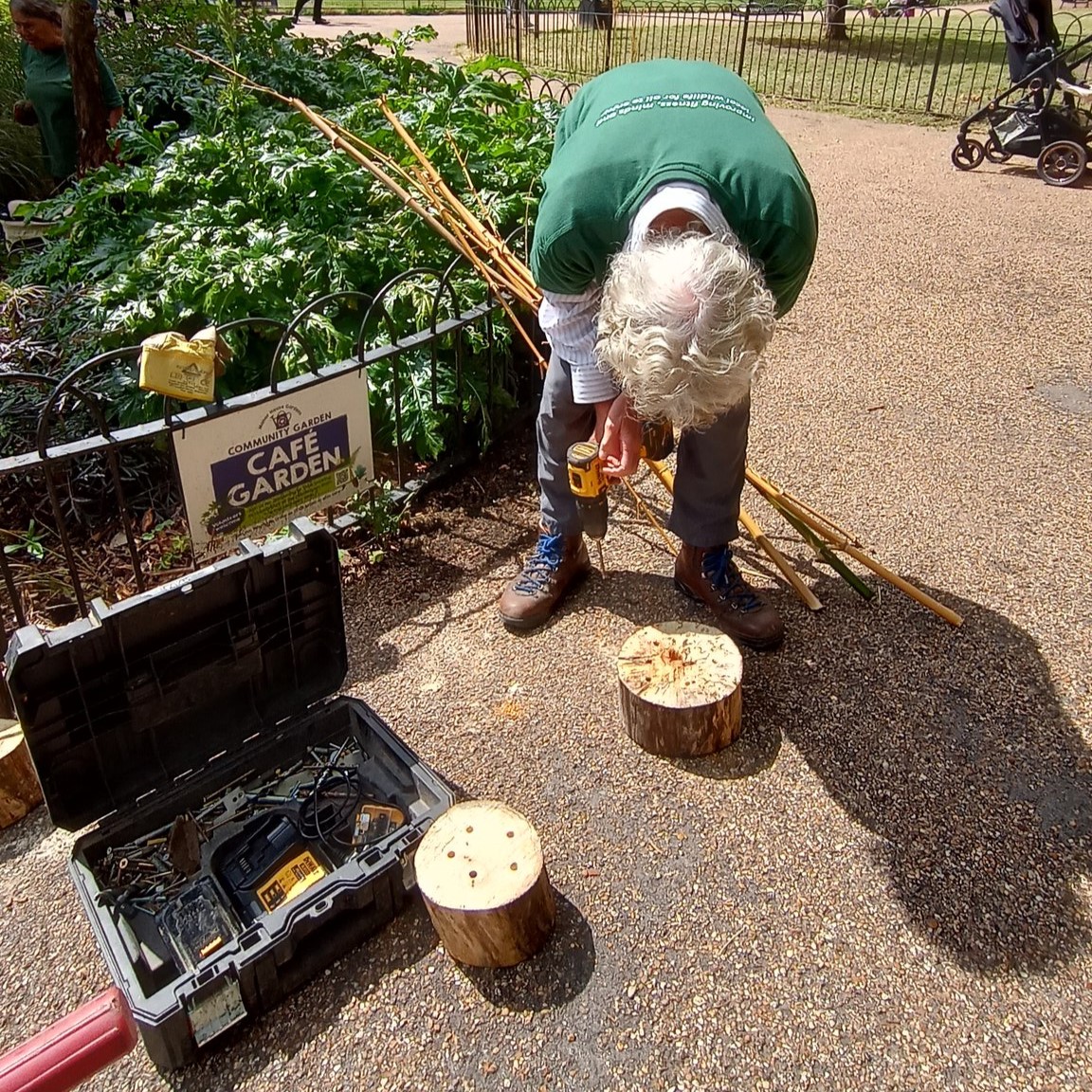1 year ago
Gardens can serve as sanctuaries for an array of fascinating creatures. By constructing a simple log pile, you can turn your garden into a bustling hub of biodiversity. Here’s how to do it right, ensuring your garden benefits both visually and ecologically.
At its essence, a log pile is a multi-tiered sanctuary for various garden inhabitants. Ranging from invertebrates and amphibians to small mammals, these creatures find solace in the damp nooks and crannies a log pile offers. As the wood decays over time, it attracts an even greater range of wildlife, adding layers of life to your garden.
Materials Required:
Steps:
For those in Southeast England, you have the unique opportunity to help stag beetles. Stag beetles are a globally threatened species, they are protected under the Wildlife and Countryside Act 1981, and listed as a priority species for conservation in the UK and specifically London Biodiversity Action Plans
Loggeries for stag beetles are a bit different to log piles for garden wildlife listed above – as well as being in a shaded area, they should have the logs buried upright in the soil around 50cm deep, the logs should at least be as thick as an adult’s arm and be from broadleaved wood. There should be space in between the logs filled with soil. This is often called a log pyramid, loggery or a stumpery for stag beetles.
If you have a small garden, even burying one thick log upright could help stag beetles, the perfect chance to do your bit for the environment even with limited space.

As stewards of the environment, Glendale takes pride in its approach to grounds maintenance, ensuring all services are conducted without disturbing precious wildlife habitats. Not only this, but our passionate volunteers have been instrumental in building loggeries for stag beetles in Lewisham, reinforcing our commitment to nature.
Remember, every log pile, no matter how small, contributes significantly to the garden’s ecosystem. Let’s nurture our gardens, for they in turn nurture life in its many beautiful forms.
Jun 24 2025
Glendale is thrilled to share some incredible news with you! We are proud to have achieved four consecutive years of carbon neutrality, due to our ded...
Read full storyMay 20 2025
Glendale Celebrates Double Win at 2025 Pro Landscaper Business Awards Glendale is delighted to announce our recent success at the ...
Read full storyMar 11 2025
A Career in Event Management Gemma Marston began her career with Glendale in 2005 as an Administrative Assistant in Lewisham. Duri...
Read full storyNov 08 2024
Glendale Celebrates Landmark 15-Year Contract with Lewisham Council, Ensuring Premier Park and Green Space Management Until 2040 ...
Read full story